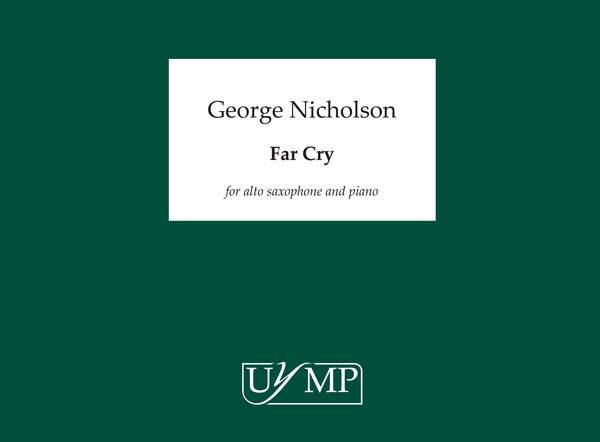This site uses cookies to improve your user experience. Find out more about cookies and how we process your information in our Privacy Policy.
I have long been fascinated by our connection with the remote past and the notion of a line of contact that leads directly to our distant ancestors. The sight of the hand prints made by these people on the walls of a cave several thousand years ago is profoundly moving; the human being who long ago stood in that same space is in a sense still present and communicating with us today.
The composition of Far Cry arose in the first instance from a desire to write a really substantial and searching work for Anthony Brown and Leo Nicholson. But the piece was also stimulated by my experience of the Neolithic sites created by the people of Orkney around five thousand years ago. The excavations taking place on the Ness of Brodgar are revealing evidence of a highly sophisticated community with astonishingly advanced building technologies and, implicitly, a highly developed social network system to match. The larger edifices include the stone circles at Brodgar and Stenness as well as numerous chambered cairns, the most celebrated of which is Maeshowe. No doubt these artificially created (and mostly sacred) spaces afforded an uncommon acoustic experience for the people of the time, and quite possibly they would have employed resonance and the properties of standing waves in their rituals to create heightened states of mind.
How interesting it is that the saxophone – a nineteenth century invention – became associated in the twentieth century with modernity and urban life, at the same time accumulating a distinctive non-classical repertoire and a vocabulary rooted in vocal sound that is often primal in nature. For me there is no problem at all in the idea of imagining some ancient precursor of the saxophone lurking beneath its keywork; it bestrides past and present without any difficulty.
At the beginning of Far Cry the piano assumes the role of passive resonator, but as time goes on it contributes more and more to the musical argument and stimulates the saxophone to ever greater flights of fancy and passion.

